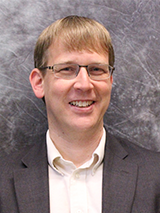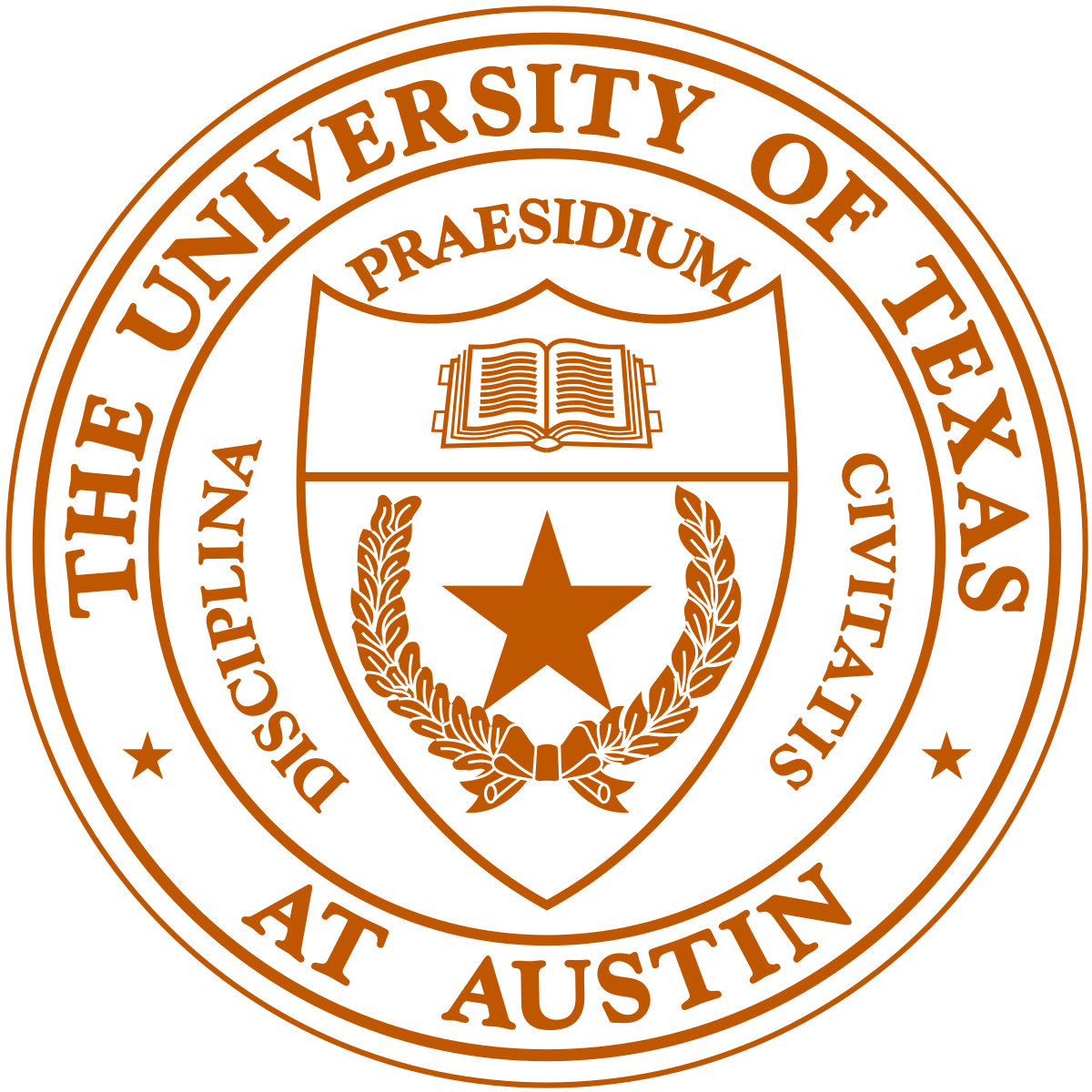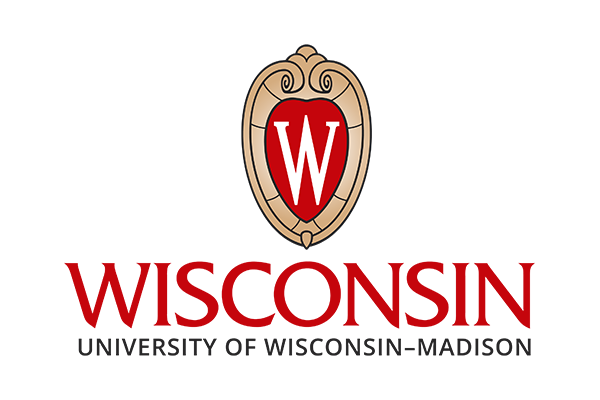............................................................ 
The Greeley group’s research efforts are centered on the use of Density Functional Theory (DFT) calculations to probe molecular-scale kinetic and thermodynamic properties of surfaces and interfaces, with a particular focus on applications in thermally-driven heterogeneous catalysis, electrocatalysis, and energy storage devices. Although the structures and reaction environments of thermal catalysts and electrocatalysts differ in many interesting respects, our group has developed a common suite of computational methods that, with modest variations, is able to describe catalyst structures and reaction kinetics in both environments. In particular, we combine DFT results with statistical mechanical techniques to predict realistic in-situ structures of these materials. The resulting structures form a basis for detailed mechanistic investigations of catalytic reactions with broad applications in the space of sustainable energy and hydrocarbon processing. We use a combination of DFT analysis, detailed kinetic modeling, and data science-based machine learning algorithms to develop kinetic models of these reaction networks. When benchmarked against high quality kinetic measurements from our collaborators in the PCC, the kinetic models can be refined, in an iterative process, ultimately resulting in compact rate expressions that describe the essence of catalytic reaction networks in terms of a relatively small number of elementary rate and equilibrium constants.
Elegant and compact rate expressions for thermal and electrocatalytic chemistries often point to key descriptors that may, in turn, be optimized to find parameter values that maximize catalytic rates and selectivities. These descriptors can often be evaluated in an efficient manner across a wide range of catalytic surfaces, leading to predictions of improved catalysts that may again be tested in the laboratories of our experimental colleagues. These principles have been coupled with computational search strategies and applied to a broad array of sustainable chemistries, resulting in the identification of electrocatalysts for fuel cells and related devices that have rates exceeding those of the best-known catalysts.



